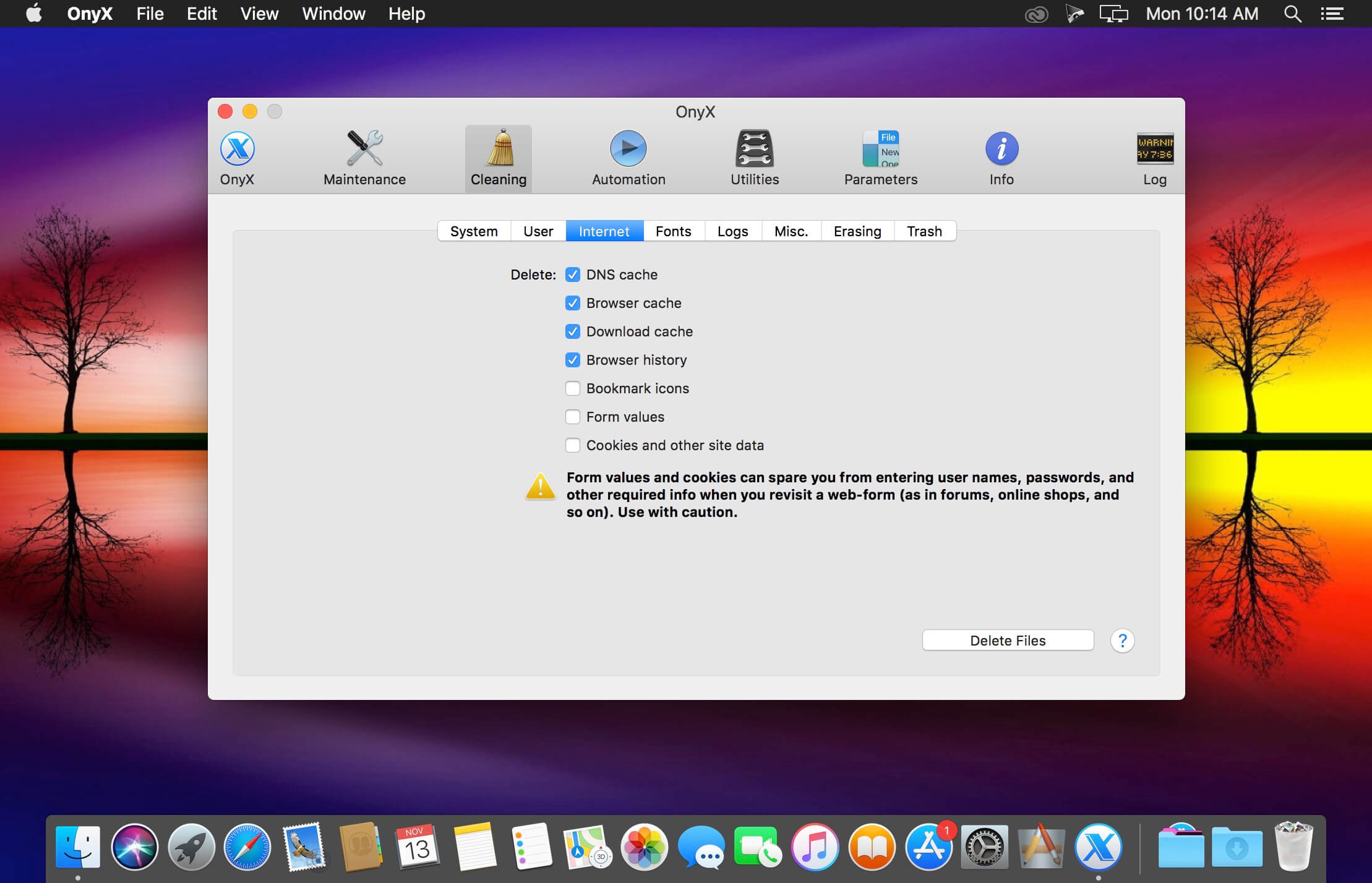In order for you to upgrade to El Capitan with a clean installation of macOS, You need to create a bootable macOS El Capitan USB drive. A bootable installer drive is much more convenient when you’re upgrading a Mac. You can then use an External drive or the secondary volume (USB) to install the macOS using it as a startup disk.
The command-line installation of macOS would come as savvy mainly for the system administrators. You really do not require a bootable installer to upgrade macOS or reinstalling the operating system, It only will be useful when you have multiple computers lying around and you need to download and use the installer each time.
You must also require a USB 3.0 Drive with at least 16 GB of storage and please ensure you have taken a backup of all the files in your USB 3.0 flash drive as this installation will erase and remove all the files from your flash drive.
I had the same problem when I installed Yosemite but I was able to install the legacy java fix (Java for OS X 2014-001) from Apple's website. When I try installing that same java fix I get the following Error: Java for OS X can't be installed on this disk. A newer version of this package is already installed. Download Java for OS X 2017-001 Java for macOS 2017-001 installs the legacy Java 6 runtime for macOS 10.13 High Sierra, macOS 10.12 Sierra, macOS 10.11 El Capitan, macOS 10.10 Yosemite, macOS 10.9 Mavericks, macOS 10.8 Mountain Lion, and macOS 10.7 Lion. Oct 17, 2015 That will download an installer that you can use for OS X El Capitan (and Yosemite and Mavericks for that matter). If you run into errors on installation, it’s because you skimmed through the introduction and did not disable SIP / rootless on the Mac. Report message to a moderator Re: Eclipse with Mac El Capitan message #1705975 is a reply to message #1705920. Java for OS X 2015-001 installs the legacy Java 6 runtime for OS X 10.11 El Capitan, OS X 10.10 Yosemite, OS X 10.9 Mavericks, OS X 10.8 Mountain Lion, and OS X 10.7 Lion.
You can get USB 3.0 from Here
Download macOS XEl Capitan
You can download macOS El Capitan From Here
OR
if you have downloaded already macOS El Capitan directly, then the downloaded macOS itself to the applications folder as an individual app called as “Install macOS El Capitan”. Sometimes it is also possible that the installer opens itself right after downloading it, You need to ensure quitting it without proceeding to go with the installation directly. Also, it is important for you to download the correct version of macOS as per your mac.
How to create a bootable installer for macOS El Capitan

Step 1: Download macOS El Capitan.
Step 2: Once El Capitan is downloaded, You should make sure that you close the installer and Open the finder.
Step 3: In Finder, You need to head over to Application→Install macOS El Capitan right click on install macOS El Capitan and click Show package contents.
Or
If You have downloaded from the link then go to Download→ macOS El Capitan.
Step 4: Head over to open Content→Resources
Step 5: Using Finder another window and Go to Applications and Select Utilities→Terminal
El Capitan Os X Download
Step 6: Type sudo followed by space
Step 7: Now from the original finder window opened in step 4, drag and drop the createinstallmedia to terminal
Step 8: Type —volume along with space
Step 9: Open Finder and click Go at the top followed by Goto folder menu or by pressing command + shift + g at the same time.
Step 10: Type /Volumes and click go to navigate to the volumes that are connected to your mac
Mac Os El Capitan Installer
Step 11: You should probably find your connected USB 3.0 Flash drive on your Mac in the Finder window
Step 12: Now Drag the USB 3.0 Flash drive volume to the Terminal window
El Capitan Mac Os X Download
Spreadsheet program for mac free download. Step 13: Now press Enter / Return on keyboard
Download Mac Os X 11
Step 14: Type y so you can continue the progress and Press Enter / Return on the keyboard again.
Mac Os Java Update
After the above process, You can also use the USB 3.0 drive to boot into macOS El Capitan installer Once you connect your USB 3.0 flash drive, Then restart your Mac by pressing the Option (⌥) button modestly. Then you may select the macOS El Capitan Installer to get started with the installation.

